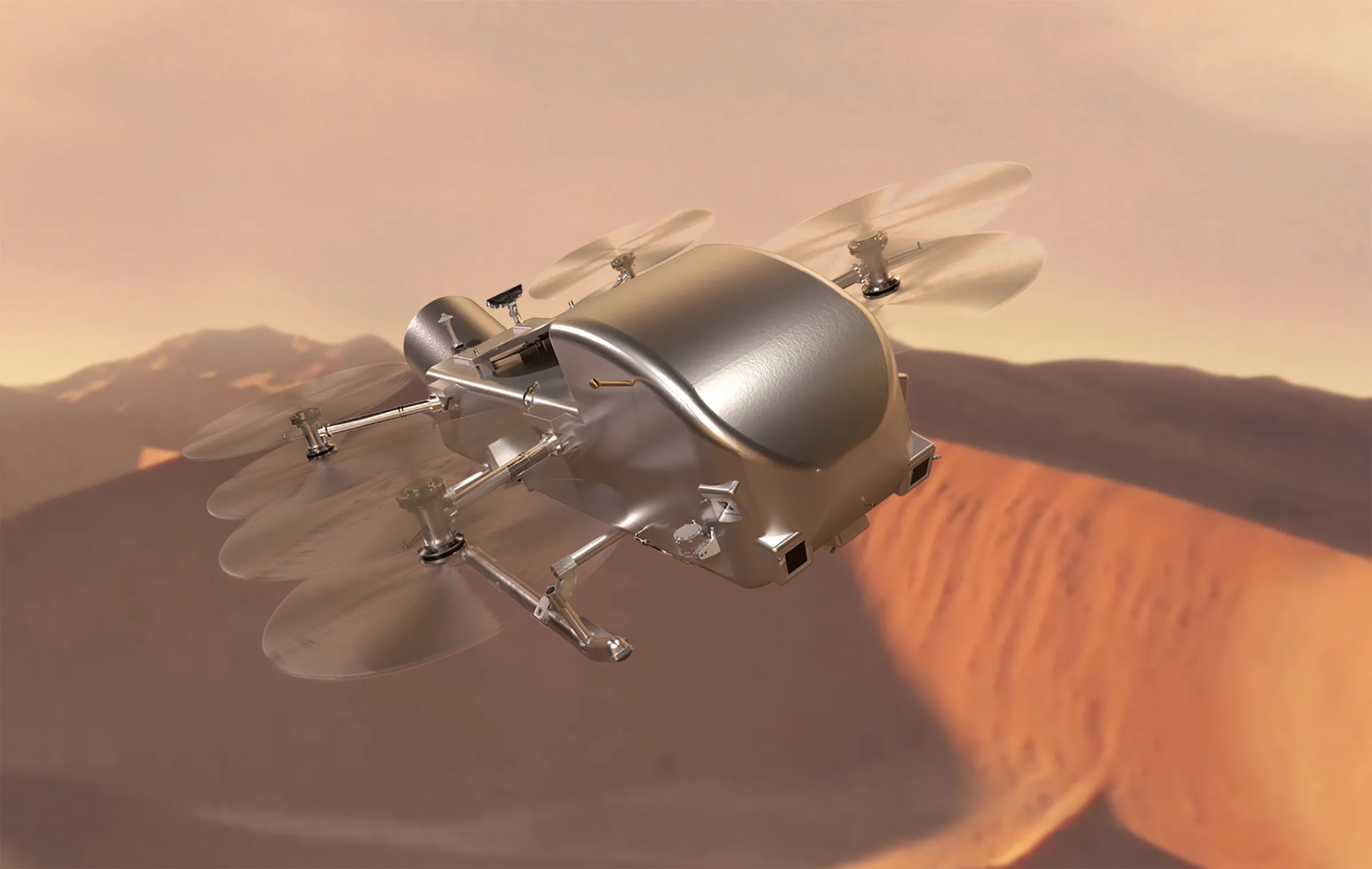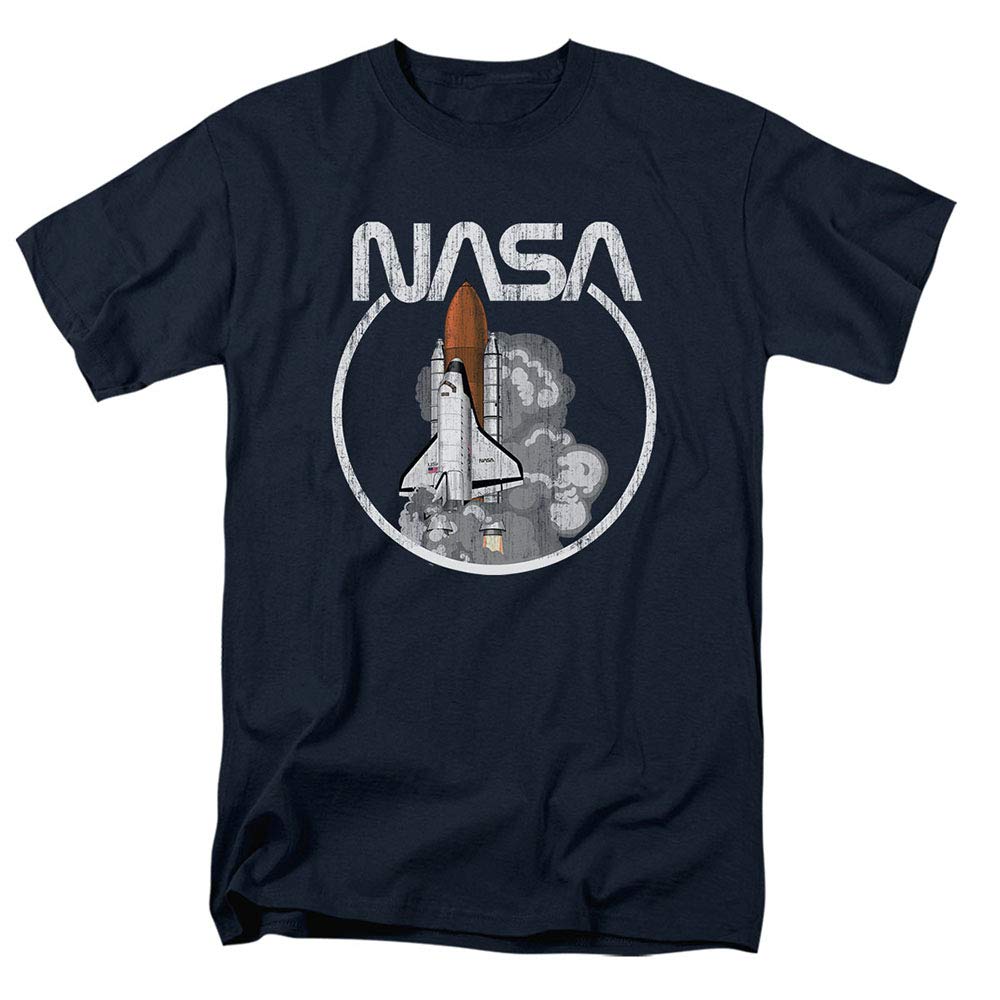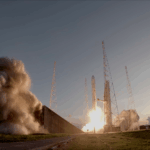Now Reading: NASA’s Dragonfly Mission to Explore Titan’s Prebiotic Chemistry
-
01
NASA’s Dragonfly Mission to Explore Titan’s Prebiotic Chemistry
NASA’s Dragonfly Mission to Explore Titan’s Prebiotic Chemistry


NASA’s upcoming Dragonfly mission is poised to delve into the depths of Titan’s intriguing chemistry, a realm where the extraordinary meets the unimaginable. As the largest moon of Saturn, Titan is a fascinating world that presents both resemblances and stark contrasts to our own planet. Unlike Earth, where life thrives amidst a wealth of water, Titan is draped in an alien landscape dominated by rivers and lakes of liquid methane and ethane. This peculiar environment raises critical questions about the fundamental ingredients and conditions required for life to emerge.
One of the key reasons Titan captivates the interest of planetary scientists is its rich tapestry of organic molecules. The Cassini-Huygens mission provided crucial insights into Titan’s atmosphere, revealing a treasure trove of compounds such as ethane, propane, and acetylene. These are not just random substances; they’re the building blocks that could hint at how life might have once formed. Titan’s surface is a deep freeze of organic materials, embedded in icy bedrock, offering a unique opportunity to study prebiotic chemistry in a way that Earth no longer allows. As Zibi Turtle, the principal investigator for Dragonfly, insightfully noted, “On Titan, we can explore the chemical processes that may have led to life on Earth without life complicating the picture.” This statement encapsulates the essence of Dragonfly’s mission: to investigate the primordial chemical processes that predate biological life.
Moreover, Titan serves as a sort of time capsule. It can be likened to an early Earth, a stage of cosmic development that has long since passed on our home planet. The presence of organic materials within Titan’s surface could suggest that the moon once provided the right conditions for life to potentially arise. On Earth, the emergence of life fundamentally transformed our planet’s chemistry, complicating the narrative of how life began. Titan’s relatively stable yet extreme conditions offer scientists a clearer lens through which to study the chemistry of life’s origins.
The existence of compounds such as benzene and vinyl cyanide at Titan’s surface suggests that the ingredients necessary for life could still be present, albeit frozen in time. The impact of asteroids has likely played a significant role in this narrative, as they could have delivered not only organic compounds but also liquid water, albeit temporarily. The Selk Crater, which Dragonfly is set to explore, is believed to have once housed these essential ingredients in a melting pool of liquid water beneath its icy exterior, presenting a tantalizing opportunity to study a natural prebiotic chemistry lab.
This crater, along with its surrounding landscape rich in organic materials, could reveal the experiment of the universe—one that has been running for eons in a venue far removed from terrestrial influences. Sarah Hörst, co-investigator at JHAPL, evocatively described Titan as “a long-running chemical experiment.” The conditions here are not just conducive; they may also showcase a timeline that provides the patience required for significant biological chemistry to unfold. Expert simulations on Earth have attempted to replicate these conditions but have typically lasted only months or years, while Titan’s natural settings may have allowed chemical processes to occur over tens of thousands of years. The critical question remains: was this duration sufficient for the emergence of life, or did it necessitate even more time?
As Dragonfly embarks on its groundbreaking journey, the exploration of Titan’s unique chemistry will also serve to illuminate the broader questions of life’s potential existence elsewhere in the universe. It will probe whether the chemical steps leading to life are universally applicable, or if Earth’s unique history and conditions led to our current biological predominance. The implications are profound: if Titan does not evolve into a life-sustaining world, it would imply that the journey from chemistry to biology may be more complex than we ever imagined. Morgan Cable from JPL emphasized the detective work involved in this mission—”We’re like detectives with our magnifying glasses, looking at everything and wondering what that’s.” Through this exploration, Dragonfly will not just seek answers about Titan but also expand our understanding of the universe’s potential for life.
To unveil Titan’s secrets, the Dragonfly mission will equip itself with an impressive array of sophisticated instruments designed to analyze the moon’s surface and atmosphere in unprecedented detail. Each tool has a unique role, working in concert to paint a comprehensive picture of Titan’s chemical makeup and its capacity to host life-related chemistry.
The Dragonfly Mass Spectrometer (DraMS) represents one of the mission’s most critical instruments. It will meticulously scrutinize Titan’s surface materials, searching for elemental and molecular signs indicative of prebiotic chemistry. The mass spectrometer will operate by ionizing chemical compounds and measuring their mass-to-charge ratios, effectively allowing scientists to determine the composition of Titan’s organic soup. It’s not merely about identifying specific molecules; rather, it’s the patterns and relationships between molecules that will provide insights into the complexity of Titan’s chemistry. “We’re not looking for exact molecules, but patterns that suggest complexity,” explained Morgan Cable, embracing the importance of recognizing molecular signatures that may echo the precursors to life.
Complementing DraMS is the Dragonfly Gamma-Ray and Neutron Spectrometer (DraGNS). This instrument will delve deeper into the surface material, mapping out the distribution of key elements and isotopes that constitute Titan’s surface. By detecting gamma rays and neutrons emitted from Titan, DraGNS will help ascertain the abundance of hydrogen, carbon, oxygen, and other critical elements. This elemental mapping will be vital, as it can reveal how these elements interact within Titan’s unique conditions, particularly in relation to the organic compounds embedded in the moon’s icy crust.
Moreover, Dragonfly will include the Dragonfly Geophysics and Meteorology Package (DraGMet), which will monitor Titan’s atmospheric conditions, surface temperatures, and meteorological phenomena. Understanding the weather patterns on Titan is essential for discerning how the moon’s environment affects chemical processes. What might seem like inhospitable conditions could actually play an important role in facilitating the complex chemistry necessary for life. “Titan’s atmosphere acts as a protective layer, shielding potential prebiotic chemicals from the cosmic radiation that might otherwise disrupt their formation,” noted Turtle, highlighting the importance of studying atmospheric dynamics.
Lastly, the Dragonfly Camera Suite (DragonCam) will document the mission’s journey, capturing high-resolution images of Titan’s ethereal landscapes, including its seas, dunes, and varied terrain. This visual data will not only serve a scientific purpose but also inspire a broader audience by providing stunning visuals of another world. Beyond aesthetics, the images will aid in geological assessments, helping scientists understand how different areas of Titan may interact chemically and physically.
As Dragonfly begins its exploration, the data gathered from these instruments will allow scientists to construct a more nuanced understanding of Titan’s complex chemistry. With the tools at its disposal, the mission will piece together the puzzle of how organic materials behave in an environment devoid of liquid water, while also examining the potential processes that could lead to the formation of life. This multifaceted approach underscores the exciting nature of Titan exploration; each instrument provides a different lens through which to view and analyze this alien world.
The collaboration between various scientific disciplines very important as well. Planetary scientists, chemists, and astrobiologists will work together, interpreting data through their respective lenses to ensure a holistic understanding of Titan’s chemistry. The synergy of knowledge from different fields will enhance Dragonfly’s ability to answer profound questions about life’s origins not only in the context of Titan but for the universe as a whole.
In essence, Dragonfly stands at the frontier of astrobiological exploration, equipped with tools that embody humanity’s curiosity and quest for knowledge. As the mission unfolds, it promises to reshape our understanding of organic chemistry and life’s potential emergence in myriad environments across the cosmos. Through these instruments and the methods they employ, scientists will pursue answers to fundamental questions: What does it mean to be alive? Could life arise under conditions radically different from our own? The answers might not only redefine Titan but also our place in the universe.
Stay Informed With the Latest & Most Important News
-
 012024 in Review: Highlights from NASA in Silicon Valley
012024 in Review: Highlights from NASA in Silicon Valley -
 02Panasonic Leica Summilux DG 15mm f/1.7 ASPH review
02Panasonic Leica Summilux DG 15mm f/1.7 ASPH review -
 03From Polymerization-Enabled Folding and Assembly to Chemical Evolution: Key Processes for Emergence of Functional Polymers in the Origin of Life
03From Polymerization-Enabled Folding and Assembly to Chemical Evolution: Key Processes for Emergence of Functional Polymers in the Origin of Life -
 04How New NASA, India Earth Satellite NISAR Will See Earth
04How New NASA, India Earth Satellite NISAR Will See Earth -
 05And Thus Begins A New Year For Life On Earth
05And Thus Begins A New Year For Life On Earth -
 06Astronomy Activation Ambassadors: A New Era
06Astronomy Activation Ambassadors: A New Era -
07SpaceX launch surge helps set new global launch record in 2024




















